The Ultimate Guide to Copper Roofing
On This Page

What is Copper Roofing?
Copper roofing is a type of roofing material made from copper metal. It has been used for centuries as a roofing option due to its durability, longevity, and aesthetic appeal. Copper roofs are renowned for their distinctive appearance, as they develop a unique patina over time that changes their colour from a shiny copper hue to various shades of green and brown.
What are the Benefits of Copper Roofing?
Copper roofing offers a range of benefits, making it a desirable choice for many homeowners and architects.
Durability of Copper Roofing
Copper roofs are renowned for their exceptional durability, making them one of the most long-lasting roofing options. Several key factors contribute to the durability of copper roofs:
- Corrosion Resistance: Copper is highly resistant to corrosion, making it ideal for use in various weather conditions. It can withstand exposure to moisture, rain, snow, and even coastal environments without deteriorating or rusting. The formation of a natural patina on the surface of the copper helps protect it from further corrosion.
- Strength and Flexibility: Copper is a relatively soft and malleable metal, allowing it to handle thermal expansion and contraction effectively. This characteristic helps prevent cracking or warping of the roof due to temperature fluctuations.
- Long Lifespan: Copper roofs have an exceptionally long lifespan, often lasting over a century with proper installation and maintenance. This longevity is significantly higher than roofing materials like asphalt shingles or wood shakes, which may need replacement every 20 to 30 years.
- Environmental Factors: Copper is unaffected by UV radiation, which means it won’t degrade or lose its effectiveness over time due to sun exposure. Additionally, copper is resistant to algae and moss growth, preventing these organisms from damaging the roof.

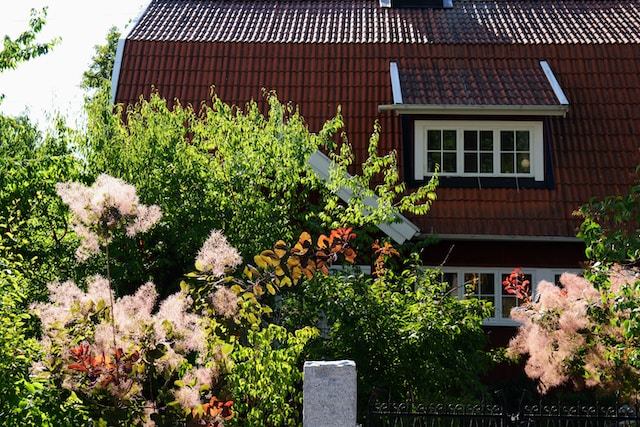
Low Maintenance of Copper Roofs
Copper roofs are known for their low maintenance requirements, one of the critical advantages of choosing copper as a roofing material. Here are the reasons why copper roofs are considered low maintenance:
- Weather Resistance: Copper can withstand weather conditions, including heavy rain, snow, and hail. It does not deteriorate due to exposure to UV radiation from the sun, further contributing to its low maintenance needs.
- Self-Cleaning Properties: The natural patina that develops on copper roofs has a self-cleaning effect. Rainwater helps wash away debris, dirt, and pollutants, keeping the roof clean and reducing the need for manual cleaning.
- Resistance to Algae and Moss: Copper is naturally resistant to algae and moss growth, a common issue on other roofing materials. This resistance helps maintain the roof’s appearance and prevents potential damage caused by these organisms.
- No Need for Coatings or Sealants: Copper does not require additional coatings, sealants, or paint for protection, unlike some other roofing materials. The natural properties of copper make it self-protective and self-renewing over time.
- Sustainable and Eco-Friendly: Copper is a recyclable material which aligns with sustainability efforts. Choosing a copper roof reduces the need for frequent replacements but also contributes to the eco-friendliness of the building.
Aesthetic Appeal of Copper Roofs
Copper roofs are celebrated for their exceptional aesthetic appeal, making them famous for various architectural styles, from historical buildings to modern designs. Here are the key factors contributing to the aesthetic beauty of copper roofs:
- Distinctive Appearance: Copper roofing stands out with its distinctive bright, shiny appearance when first installed. Over time, it develops a natural patina as it weathers, gradually changing its colour to shades of green, brown, and even bluish hues. This evolving patina gives the roof a unique and ever-changing character that adds charm and elegance to the building.
- Timeless Elegance: The ageing process of copper creates a timeless and classic look that complements traditional and contemporary architectural styles. Copper roofs evoke a sense of craftsmanship and heritage, often associated with historical buildings and landmarks.
- Versatility: Copper is a malleable metal, which allows it to be shaped and formed into various intricate designs and details. This versatility enables architects and designers to incorporate complex roof designs, decorative elements, and unique architectural features that enhance the overall visual appeal of the building.
- Curb Appeal: Copper roofs significantly enhance the curb appeal of a property. The rich colours and textures of the aged copper patina create a striking contrast against other building materials, making the roof a focal point that draws attention and admiration.
- Integration with Nature: The greenish tones of the copper patina harmonize with natural surroundings, such as trees and vegetation. This integration with nature allows buildings with copper roofs to blend gracefully into their environment, making them appear more organic and visually pleasing.
- Reflection of Light: Copper has a high visible and infrared radiation reflectivity. As a result, copper roofs can reflect sunlight and heat away from the building, contributing to energy efficiency and creating a shimmering effect that changes with the angle of the sun.
- Enhancement with Age: Unlike other roofing materials that may deteriorate or lose appeal over time, copper roofs become more beautiful with age. The natural patina forms a protective layer, preserving the metal underneath and improving its appearance as it weathers.
- Architectural Accents: Copper can be used not only for the main roofing material but also for architectural accents, such as cupolas, domes, dormers, and spires. These copper elements can elevate the architectural design, creating eye-catching focal points on the building’s exterior.
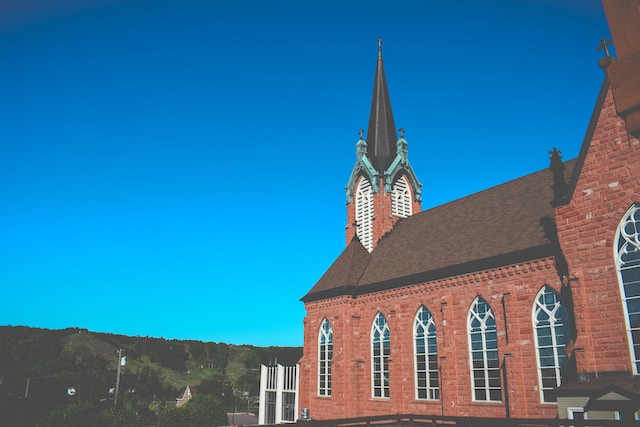
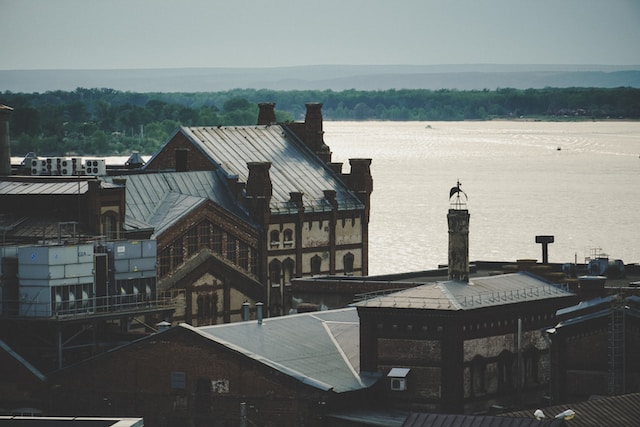
Fire Resistance of Copper Roofs
Copper roofs are highly fire-resistant, making them an excellent choice for buildings where fire safety is a significant concern. The fire resistance of copper roofs stems from the intrinsic properties of copper as a metal:
- Non-Combustible Material: Copper is a non-combustible material that does not burn or support combustion. In the event of a fire, a copper roof will not contribute to the spread of flames.
- High Melting Point: Copper has a relatively high melting point of around 1,984°F (1,085°C). This high melting point allows copper roofs to remain stable and retain their structural integrity in the presence of high temperatures caused by nearby fires.
- Fire Barrier: Copper acts as a fire barrier, preventing flames from reaching combustible materials in the building’s interior or nearby structures. This property is especially crucial for preventing the rapid spread of fire and protecting the overall safety of occupants and property.
- No Emission of Toxic Fumes: Copper does not emit toxic fumes when exposed to high heat or flames. In contrast, some roofing materials, such as asphalt shingles or certain metal coatings, may release harmful gases during a fire event.
The fire resistance of copper roofs can be particularly beneficial for buildings in areas prone to wildfires or those requiring heightened fire protection, such as historical structures, commercial buildings, or facilities with stringent fire safety codes.
Environmentally Friendly
Copper roofs are considered environmentally friendly for several reasons, mainly due to their longevity, recyclability, energy efficiency, and sustainability. Here are some ways in which copper roofs are environmentally friendly:
- Recyclability: Copper is a fully recyclable material, meaning it can be reused and repurposed after its use as a roof. Recycling copper requires much less energy than extracting and refining new copper from raw materials. Choosing a copper roof supports recycling efforts and reduces the demand for newly mined copper.
- Energy Efficiency: Copper’s high thermal conductivity allows it to reflect sunlight and efficiently transfer heat away from the roof. This can keep the building cooler in hot climates, potentially reducing the need for air conditioning and lowering energy consumption, contributing to environmental conservation.
- Sustainability: Copper is a natural element found in the Earth’s crust, and its extraction has been relatively sustainable compared to some other metals. Additionally, due to its long lifespan and ability to be recycled, copper roofing contributes to sustainable building practices and reduces the environmental burden associated with frequent roof replacements.
- Water Collection: Copper is safe for rainwater collection systems. Rainwater collected from copper roofs can be used for non-potable purposes, such as landscape irrigation, reducing the demand for treated water and supporting water conservation efforts.
- Reduced Landfill Waste: The extended lifespan of copper roofs means fewer roofing materials end up in landfills. Traditional roofing materials like asphalt shingles have a much shorter lifespan and contribute significantly to landfill waste.
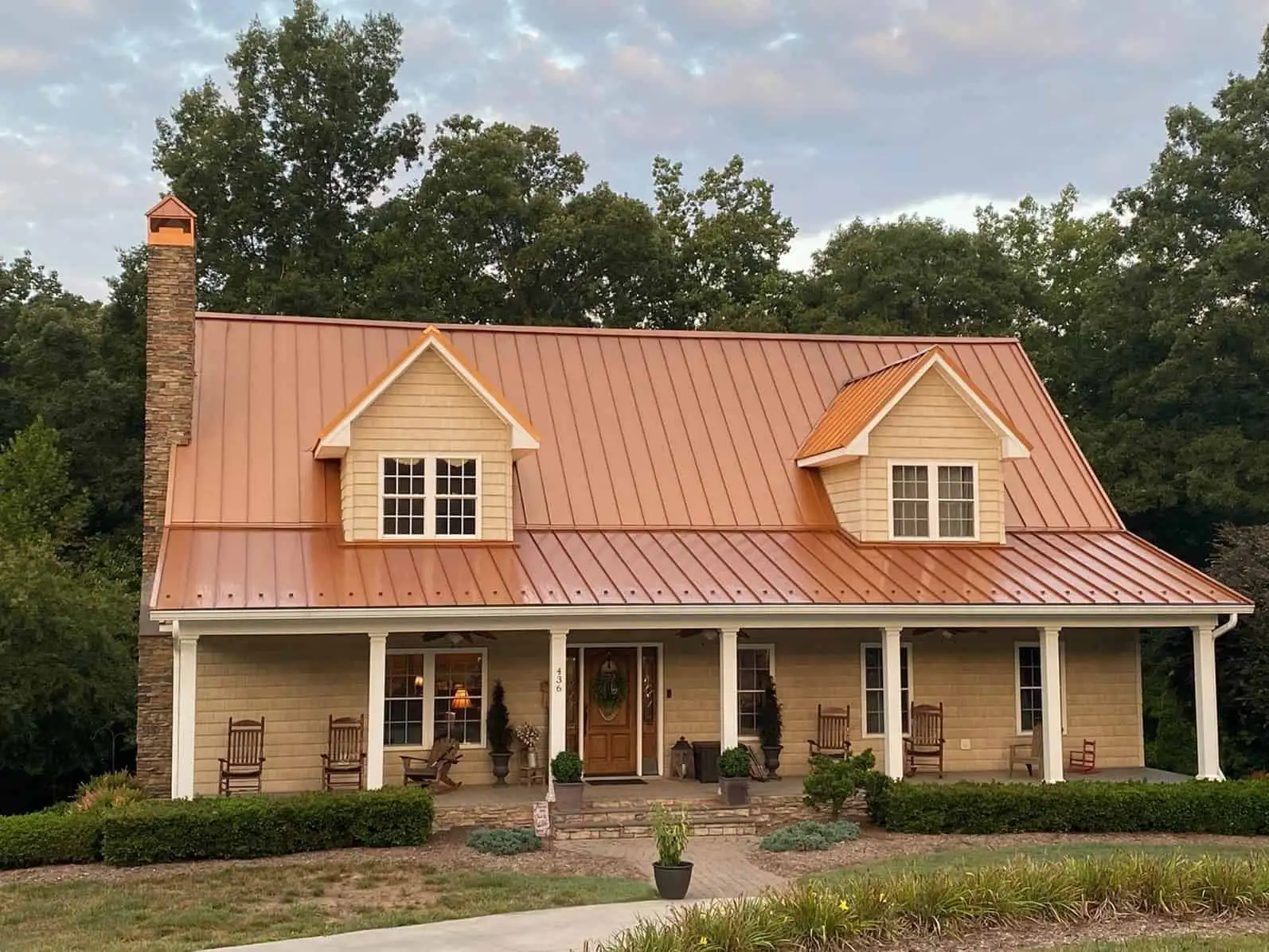
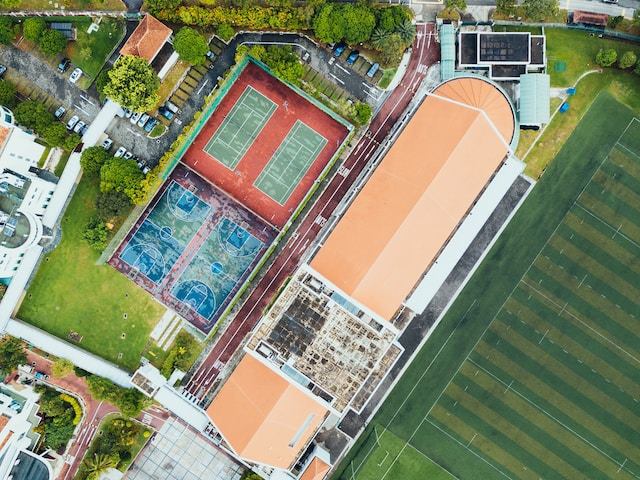
The Cost-Effectiveness of a Copper Roof
The cost-effectiveness of a copper roof depends on various factors, including the initial installation cost, the roof’s lifespan, ongoing maintenance expenses, energy savings, and the potential increase in property value. While copper roofing may have a higher upfront cost than other roofing materials, it can be cost-effective over the long term due to its durability and other advantages.
Let’s explore the factors that contribute to the cost-effectiveness of a copper roof:
- Longevity: Copper roofs have an exceptionally long lifespan, often lasting over 100 years with proper installation and maintenance. In comparison, many traditional roofing materials, such as asphalt shingles, typically need replacement every 20 to 30 years. While the initial cost of a copper roof may be higher, the significantly longer lifespan means you may not have to worry about re-roofing expenses for generations, potentially saving money in the long run.
- Low Maintenance: Copper roofs require minimal maintenance compared to other roofing materials. They are resistant to corrosion and decay, and their natural patina helps protect the metal from weathering. This reduces the need for regular repairs and ongoing maintenance costs, further enhancing the cost-effectiveness of copper roofing.
- Energy Savings: Copper’s high thermal conductivity allows it to reflect sunlight and efficiently transfer heat away from the roof. This can help keep the building cooler in hot weather, potentially reducing cooling costs and energy consumption.
- Resale Value: Copper roofing can enhance a property’s overall aesthetic appeal and curb appeal. It is often viewed as a premium roofing material that adds value to the home. The unique and durable copper roof may attract potential buyers and lead to a higher resale value when selling the property.
- Insurance Premiums: Some insurance companies offer discounts or lower premiums for homes with copper roofs because of their fire-resistant properties and durability, saving you money on insurance costs.
